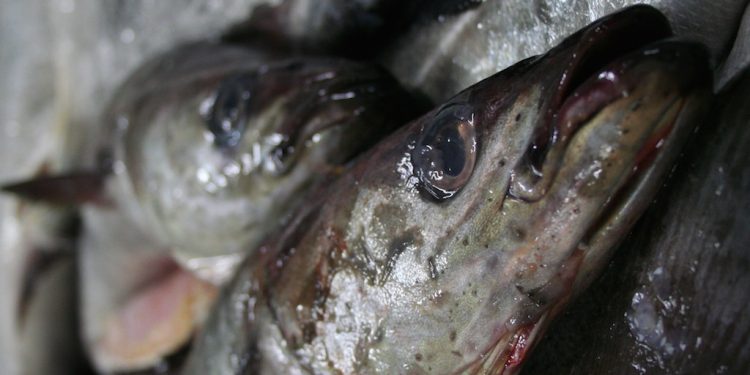Norwegian researchers are advising an increase of 15% in the 2023 quota for saithe, plus a new management plan for coastal cod which provides for increases in quota advice.
As ICES considers the North-East Arctic saithe population to be well above precautionary levels, the 2023 advice is for a 226,794 tonne quota, up 15% on advice for this year.
‘This is good news that shows that the saithe population is in good condition. We have carried out thorough calculations that show that increasing the quota is justifiable,’ commented Arved Staby, stock manager for Northeast Arctic saithe.
Following a revision that took place last year, advice for coastal cod north of 62°N is divided into two stocks, with a new limit at 67°N. The coastal cod fishery is regulated using technical measures and not individual quotas, although ICES provides advice which indicates whether regulations should be tightened or relaxed.
For coastal cod 62–67°N, the quota advice for 2023 is 9136 tonnes, an increase of 20% over 2022, and this increase is attributed to a stock size increase in recent years.
For the northernmost coastal cod stock, a new management plan is in place, in line with previous recommendations from ICES. This involves advice for a 29,347 tonne maximum in 2023, more than double the 2022 figure. The increase is due to the introduction of a new harvest rule.
‘Despite an increased quota, there is a need for stricter regulation, as the quota advice is lower than the recorded catch in 2021,’ said stock manager Johanna Fall.
ICES has also issued revised quota advice for the current year for the northernmost coastal cod stock, which upgrades the advice from 7865 tonnes to 12,146 tonnes. This change is independent of the new management plan.
‘The change is due to errors in the software used to calculate the survey index. The error resulted in too low an acoustics index for 2020, and thus too low quota advice,’ Johanna Fall explained.
Last year’s advice for a zero redfish catch is maintained for 2023.
Quota advice for Northeast Arctic cod, haddock and redfish will be made available later this year.
As a consequence of the fact that Russian marine scientists have been suspended from ICES, a separate process is underway for a bilateral agreement for these stocks. The Norwegian-Russian fisheries co-operation is exempt from Norway’s sanctions against Russia.









